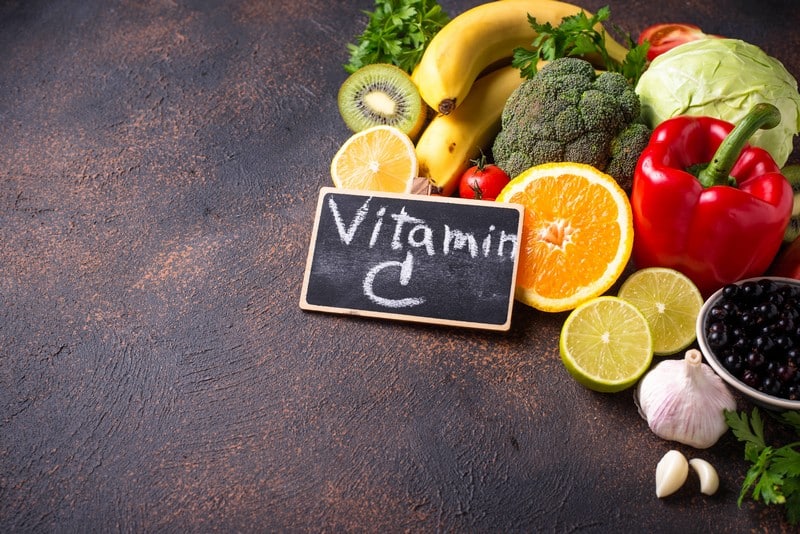Vitamin C

Vitamin C, also called ascorbic acid, is an antioxidant that plays a role in protein synthesis and aiding iron absorption. Foods high in vitamin C and non-heme iron may boost iron absorption by as much as 300 percent. Fruits and vegetables, mainly citrus fruits, are excellent sources of vitamin C. Oranges, grapefruits, tangerines, and other related fruits are all classified as citrus. Vitamin C tends to be higher in fresh and frozen produce and juices than in canned produce.
On the other hand, whole grains are foods high in iron but contain phytate or phytic acid. Even trace amounts of phytate severely diminish iron absorption. However, foods that improve non-heme iron absorption, such as vitamin C, may mitigate the phytate’s adverse impact. Ascorbic acid has the most significant impact on iron absorption enhancement when combined with a diet that provides a lot of non-heme iron. Vitamin C combines with ferric iron in an acidic stomach to generate a stable and soluble chelate to be absorbed in the basic Ph duodenum.
Lastly, it is best to consult a healthcare provider when consuming grapefruit while taking any medications, as this can lose its effectiveness or potency.










